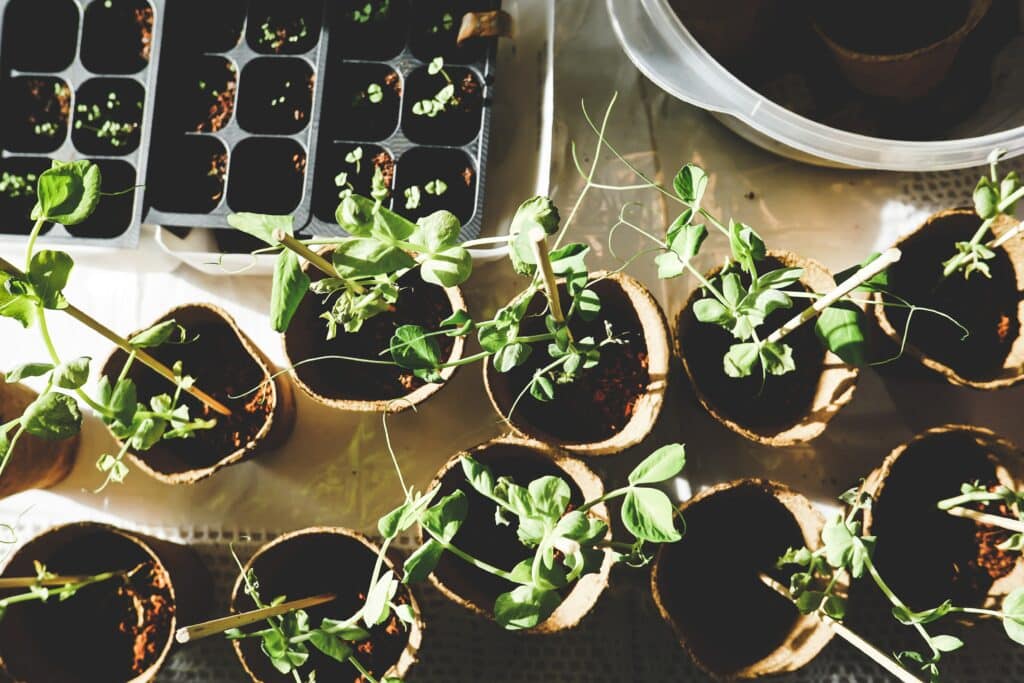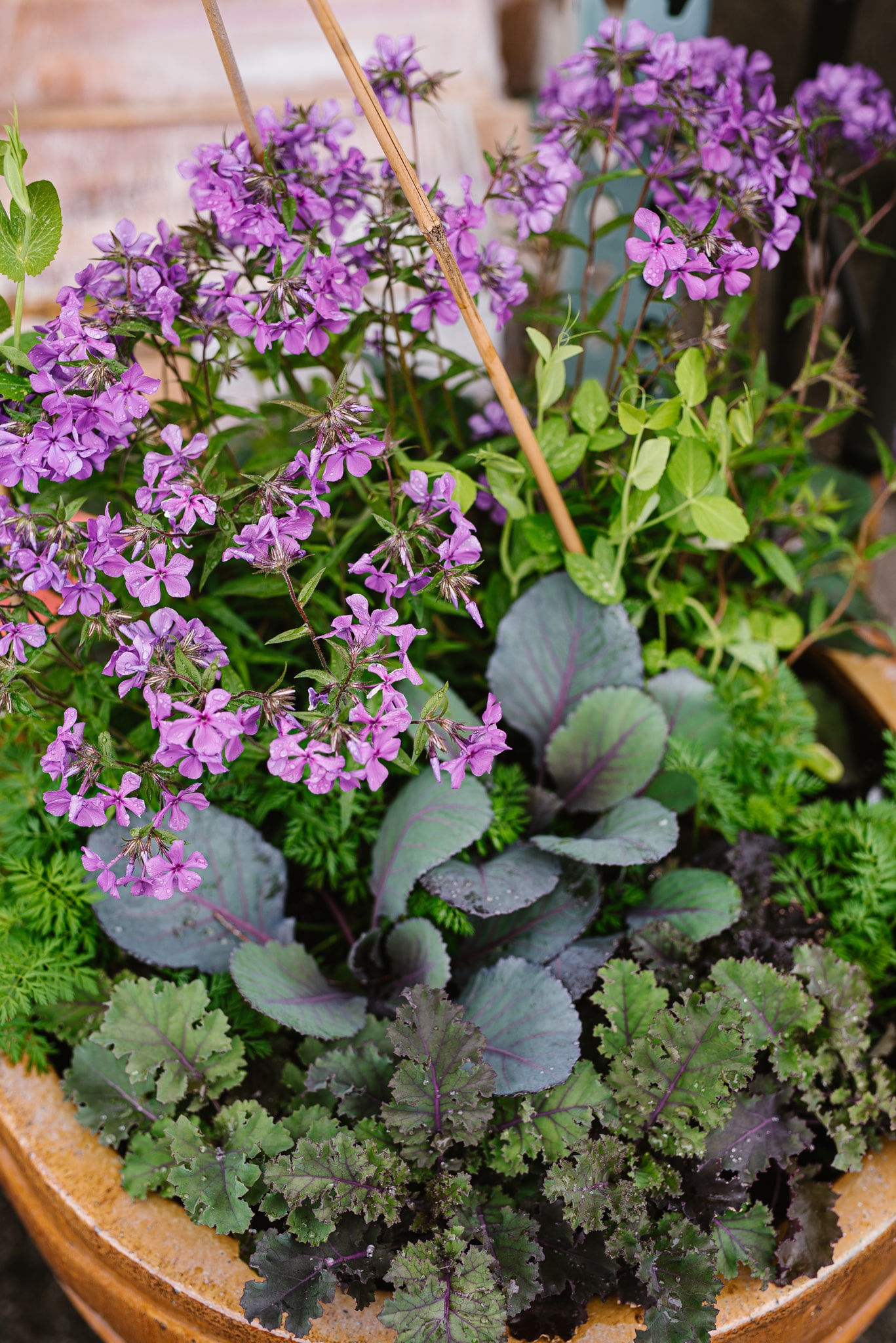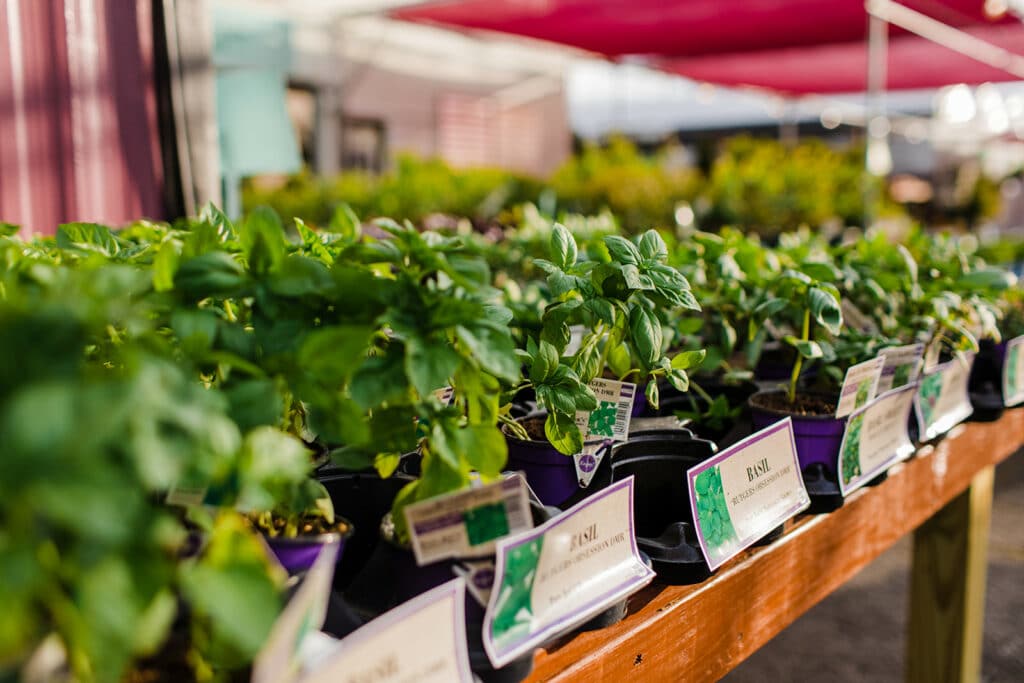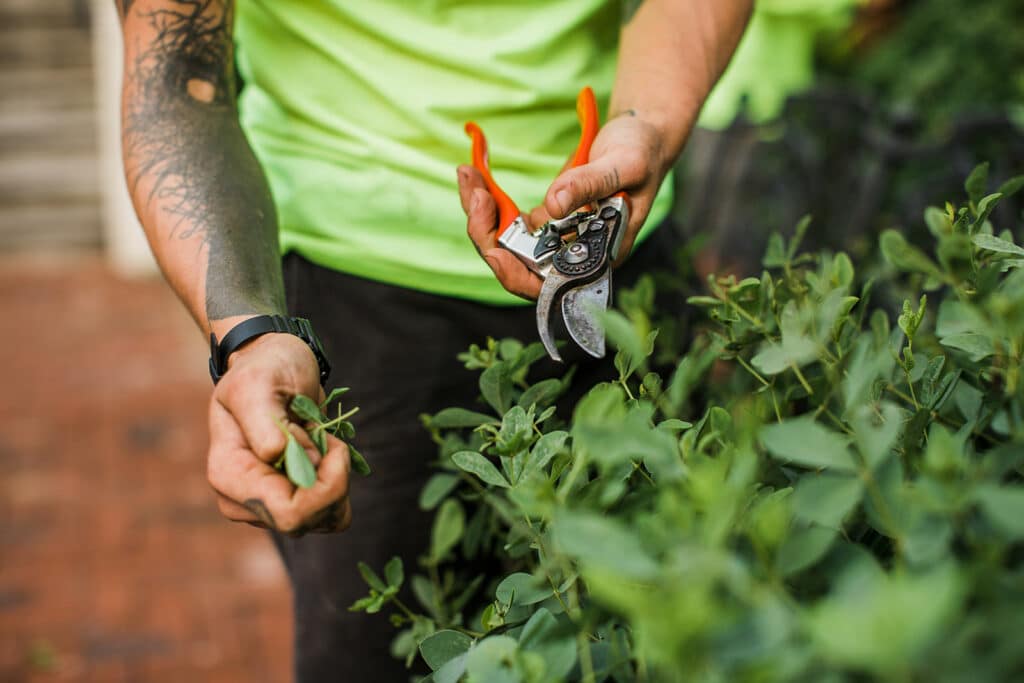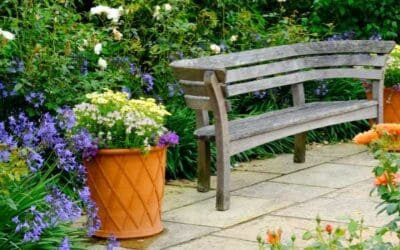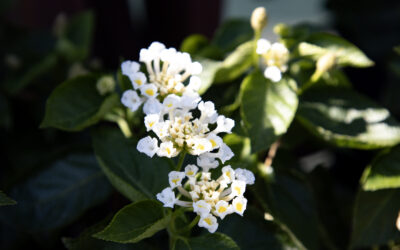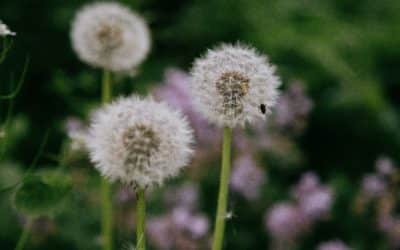Vegetable gardening is as old as civilization and in fact, played a huge role in developing modern civilization. Although the techniques and understanding have changed, the goal for growing edible crops remains the same, to provide sustenance. Here’s 6 key elements to having success with vegetable gardening!
1. Solar Exposure/Site selection
Once you’ve selected the perfect location for your veggie garden, it’s essential to get the sunlight right. Most vegetables require a minimum of 6 hours of direct sunlight daily, with 8–12 hours being ideal. Cool-season leafy greens, on the other hand, can thrive with just 4 or more hours of direct light—and will even benefit from some afternoon shade.
As you evaluate your site, consider areas that receive morning, mid-day, and afternoon sun. Before planting, look around and note any trees, buildings, or structures that could cast shade. Keep in mind that in early spring, some trees may not have leaves yet, which could mean more shade later in the season. In addition to sunlight, consider the slope and soil type. Steep slopes can be difficult to work with, lead to erosion, and dry out faster—so choose a relatively level area whenever possible.
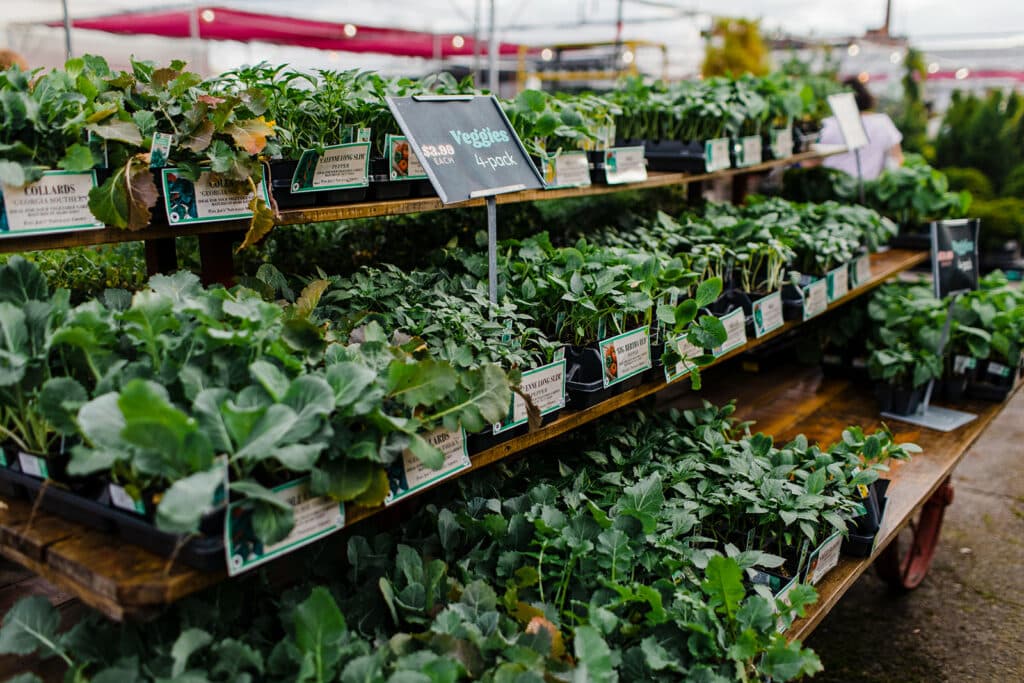
2. Soil/Compost/Nutrients
Soil:
In Middle Tennessee, our heavy clay soil can be challenging to garden in. Roots often struggle to move through the dense structure and access necessary oxygen. To improve this, consider adding compost, shredded leaves, aged manure, fertilizer, or even compost tea. These amendments help loosen the soil, enrich it with nutrients, and create a healthier environment for plant growth.
Compost:
Composting is the controlled breakdown of organic matter by microorganisms in the presence of oxygen. The resulting compost enriches the soil by feeding it, improving moisture retention, and introducing a diverse population of beneficial microbes. In fact, just one tablespoon of healthy compost can contain up to 50 billion microorganisms—more than the number of stars in the Milky Way!
Nutrients:
Like all living things, plants require a mix of nutrients to grow strong and healthy. The most important macronutrients are oxygen, hydrogen, and carbon—which plants absorb from air and water—and nitrogen, phosphorus, and potassium (NPK), which are taken from the soil. Nitrogen supports leafy growth and shoot development. Phosphorus aids in overall plant health. Potassium plays a key role in water regulation, root development, and resistance to drought and disease.
These nutrients can be delivered through a variety of commercial fertilizers, including slow-release and liquid forms, available in both synthetic and organic options. Slow-release fertilizers are mixed into the soil and break down over time, while liquid fertilizers are applied with water and typically last 7–14 days.
In addition to macronutrients, plants also need micronutrients—13 of which are considered essential. These include magnesium (Mg), calcium (Ca), and iron (Fe), among others. Some research even suggests that all 92 naturally occurring elements may play a role in plant health. For example, calcium is especially important for tomatoes, eggplants, and peppers; without it, they’re more prone to developing blossom end rot.
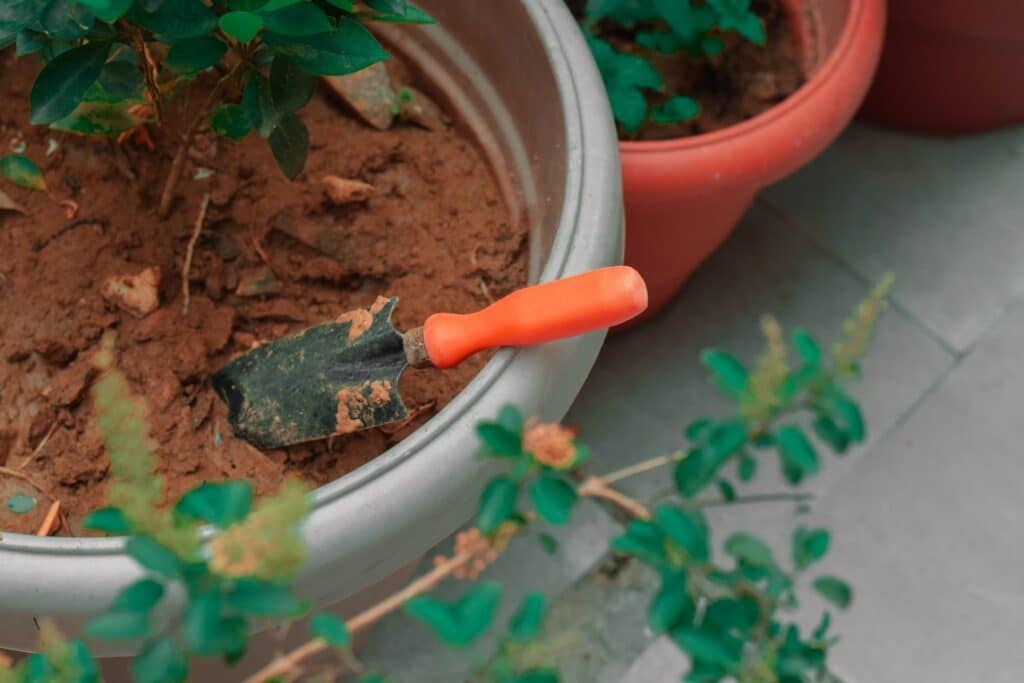
3. Primary considerations
Cool vs. Warm Season
In Tennessee, we’re lucky to have two main growing seasons: cool and warm. With the right tools and planning, Middle Tennesseans can grow vegetables year-round. The cool season typically runs from July to May, though most people think of it as the period between September and March. Since many cool-season crops are seeded or harvested outside that window, the actual season stretches longer than expected. Cool-season vegetables include asparagus, arugula, beets, broccoli, cauliflower, carrots, lettuce, and most leafy greens.
The warm season runs roughly from April 15 to October 15, based on our average last and first frost dates. That’s why many gardeners aim to get tomatoes and peppers in the ground around Tax Day. Warm-season veggies are usually planted from February through early July, with longer-maturing varieties like peppers, tomatoes, and eggplant often started indoors 6–12 weeks before the last frost. Other warm-season crops include cucumbers, squash, zucchini, corn, okra, beans, and peanuts.
Heirloom vs. Hybrid
Heirloom vegetables are old, open-pollinated varieties passed down through generations—often prized for their flavor and history. These plants are typically preserved by home gardeners and farmers, especially within specific cultural or regional communities.
Hybrid vegetables, by contrast, are created when plant breeders intentionally cross two varieties of the same species to produce offspring with the best traits of both—such as disease resistance, higher yields, or uniformity. While cross-pollination is natural, hybridization is guided by humans to achieve specific results.
Seed Starting vs. Purchased Starts
All vegetables grow from seed—but whether you start them yourself or buy starter plants depends on a few key factors. Some crops, like root vegetables, don’t transplant well and should be direct-sown into the soil. Others can be started indoors, but doing so successfully requires time, proper lighting, and temperature control. Starting from seed can be more affordable and opens up a wider variety of plant options. However, it takes more time and care—especially in the early stages. On the other hand, purchasing starter plants from a reputable grower saves 8–12 weeks of work and simplifies the process. It’s a great option for beginners or anyone short on time. In the end, the best approach depends on your goals, space, and experience level!
4. Maintenance
Proper maintenance is key to a thriving vegetable garden. That includes weeding, pruning, and pest control. Here are some best practices for each:
Weeding:
- Mulch garden beds to reduce weeds by limiting sunlight exposure.
- Pull weeds when the soil is moist—roots come out more easily.
- Weed in the early morning or evening to avoid working in peak heat.
- Start with a well-composted soil blend to minimize weed seeds from the start.
Pruning:
- Never prune more than one-third of a plant at a time.
- Always use clean, sanitized pruners—especially between plants.
- Solanaceous crops (like tomatoes, peppers, and eggplants) need more pruning than others (like squash or zucchini).
- Pruning peppers encourages lateral growth, resulting in stronger, more compact plants.
- Removing tomato suckers helps control unwanted side shoots and keeps plants focused on fruit production.
Pest Control:
- Healthy soil and proper cultural practices are your first line of defense.
- Choose disease- and pest-resistant vegetable varieties when possible.
- For fungal issues, apply copper fungicide and avoid watering the foliage.
- Prevent blossom end rot with proper calcium levels—products like Tomato-tone can help.
- For insect problems (like sap-suckers or leaf-chewers), use insecticidal soap, neem oil, thuricide (for caterpillars), or horticultural oil as needed.
5. Water needs
Vegetable gardens typically require about 1.5 inches of water per week, which translates to roughly ½ gallon of water per square foot of garden space. For example, a 4×8 raised bed has 32 square feet, so it would need approximately 16 gallons of water per week.
Whenever possible, water in the morning to give plants time to absorb moisture before the heat of the day—and to help prevent fungal issues. Be sure to keep foliage dry, especially with crops prone to disease. Mulching your garden beds can also help retain soil moisture and reduce evaporation.
Lastly, focus on deep watering rather than frequent shallow watering. Giving your plants a good soak less often encourages deeper, stronger root growth, which leads to healthier, more resilient plants.

6. Harvesting
Cool Season Crops:
It’s time to gather the bounty when root vegetables start to push their rounded tops above the soil, leafy greens reach your preferred size, and broccoli, cauliflower, or Brussels sprouts are fully developed. The best time to harvest cool-season crops is in the morning, before the day warms up. Most will store well in cool, moist conditions for 2 to 4 weeks. For extended storage, place them in reusable bags with a touch of water and leave one end open to maintain airflow. You can also freeze them—or try your hand at canning or pickling vegetables like carrots, beets, radishes, and turnips.
Warm Season Crops:
Certain crops—like beans, cucumbers, squash, and okra—need to be harvested regularly to keep the plant producing. If fruit is left on the plant too long, it begins to mature seeds, signaling the plant to stop setting new fruit. Other crops—such as tomatoes, peppers, and eggplants—can be picked once the fruit begins to change color. These plants will often continue to produce even if harvesting is inconsistent, though frequent picking can still encourage more growth. Preserve your warm-season harvest by drying, freezing, or canning—whatever fits your pantry and lifestyle best.
